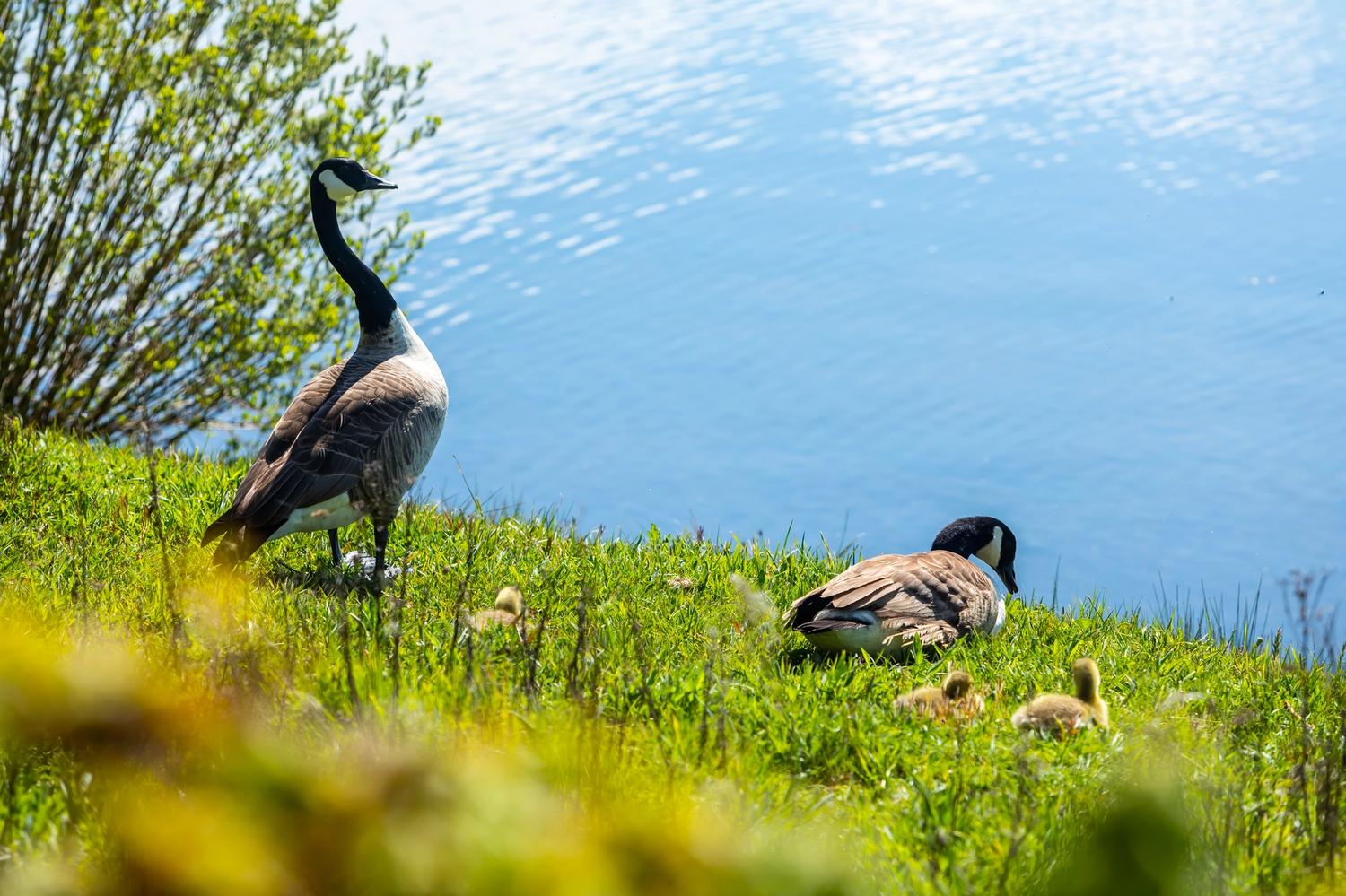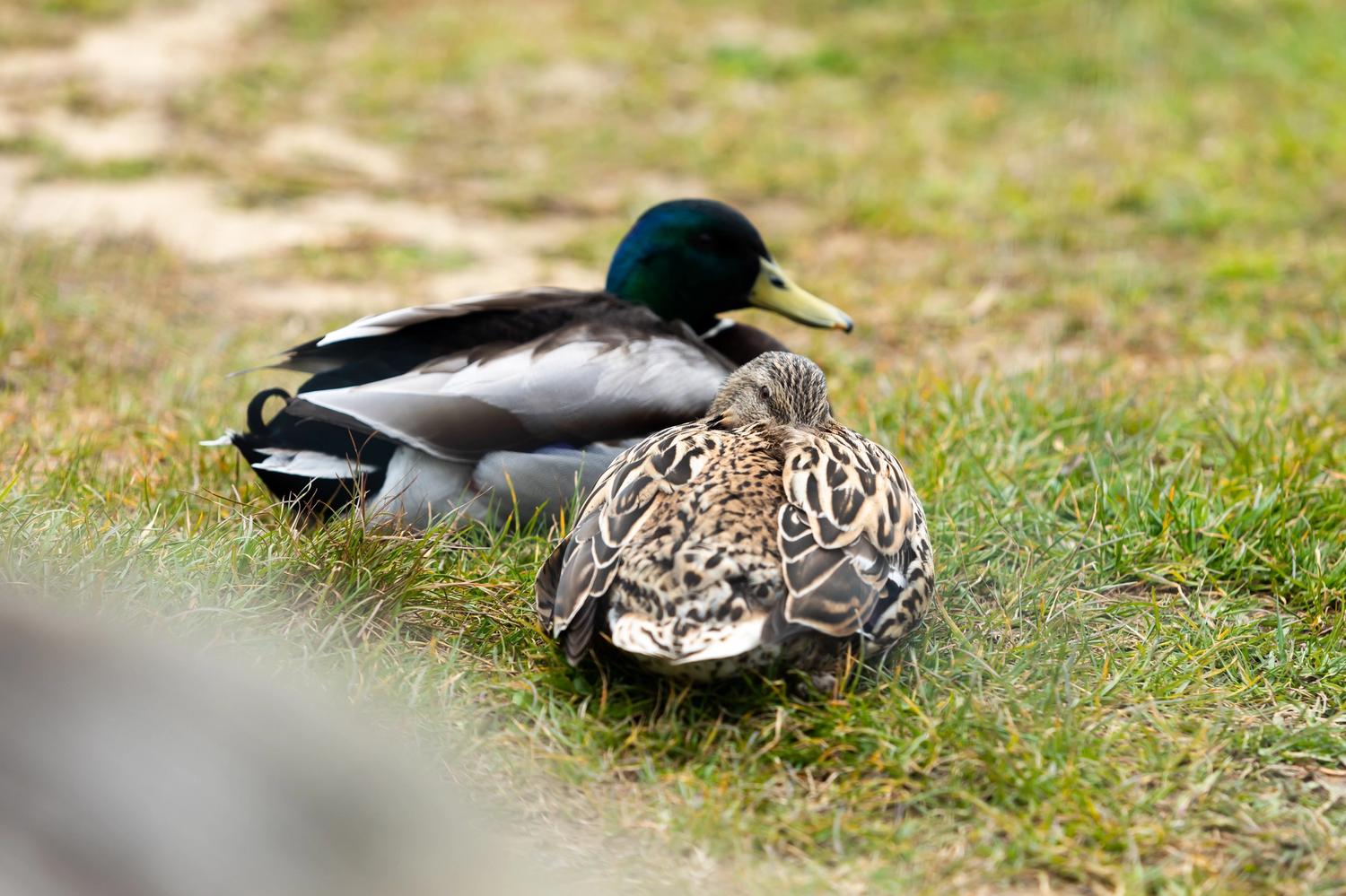The Big Reservoir Birdwatch
The RSPB’s Big Garden Birdwatch takes place this weekend from 28 - 30 January, when people up and down the country will be taking an hour to note the number of each bird species they see in their garden, balcony or local park.
Here, Ecologist Dr Patrick Austin from our Environmental Team explains which birds visitors to the two sites might see this winter:
Visitors to either reservoir this month will see the usual overwintering birds settling down for winter months before migration begins in early spring.
Arlington Reservoir, near Polegate in East Sussex, is a Local Nature Reserve and is also classed as a Site of Special Scientific Interest (SSSI), with more than 170 species of birds recorded at the site and the number of wintering birds regularly exceeding 10,000 individuals.
As well as Ecologists like myself, we have a dedicated team of Rangers who keep the site in top condition, as well as regular volunteers from the South Downs National Park.
If you take a walk along the self-guided Osprey trail (opens in a new tab) , you may be lucky enough to spot green and great-spotted woodpecker, treecreeper, goldcrest, redwing and fieldfare, as well as kestrels, who are regularly seen hovering over grassy areas.
While from the bird hide, you may see these birds on the water itself:
- Black-headed gulls – as well as occasional herring gull, lesser and great black-backed gull
- great crested grebe, cormorant, mallard, shoveler and tufted duck and coot
- wildfowl such as wigeon, pochard and teal
- occasionally,pintail and gadwall
West of Arlington Reservoir, near Haywards Heath, is Ardingly Reservoir – another Local Nature Reserve which sits within the High Weald Area of Outstanding Natural Beauty (AONB).
Visitors to Ardingly Reservoir can walk the Kingfisher trail(opens in a new tab) , so-called due to the small bright orange and blue kingfisher that may be spotted perching over the reservoir.
Other birds to look out for on the water are: tufted duck, black-headed gull, great crested grebe, coot, mallard and cormorant. One may also see mandarin duck and Egyptian goose. Grey heron may be standing at the water’s edge. Overhead there may be buzzard and red kite.
Around the reservoir grounds one should look out for: blackbird, blue tit, coal tit, great tit, long-tailed tit, marsh tit, wren, robin, treecreeper, redwing, siskin, song thrush, linnet, bullfinch, pied wagtail, and kestrel.
If you do visit our reservoirs, please follow the Countryside Code and feel free to share any photos you take with us on Facebook(opens in a new tab), Twitter(opens in a new tab) or Instagram (opens in a new tab)
To find out more about our two reservoirs, visit: southeastwater.co.uk/reservoirs


Share this Article: